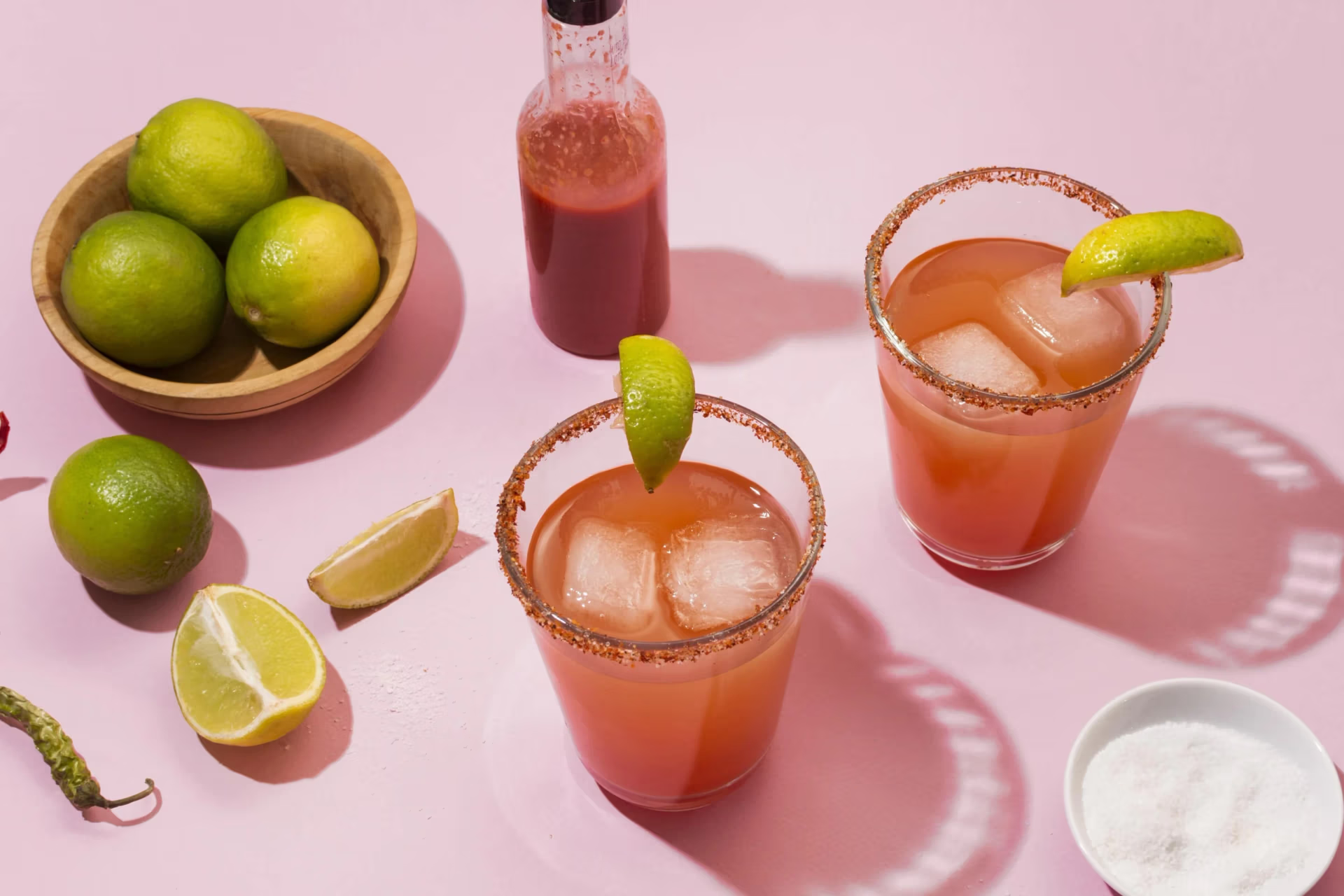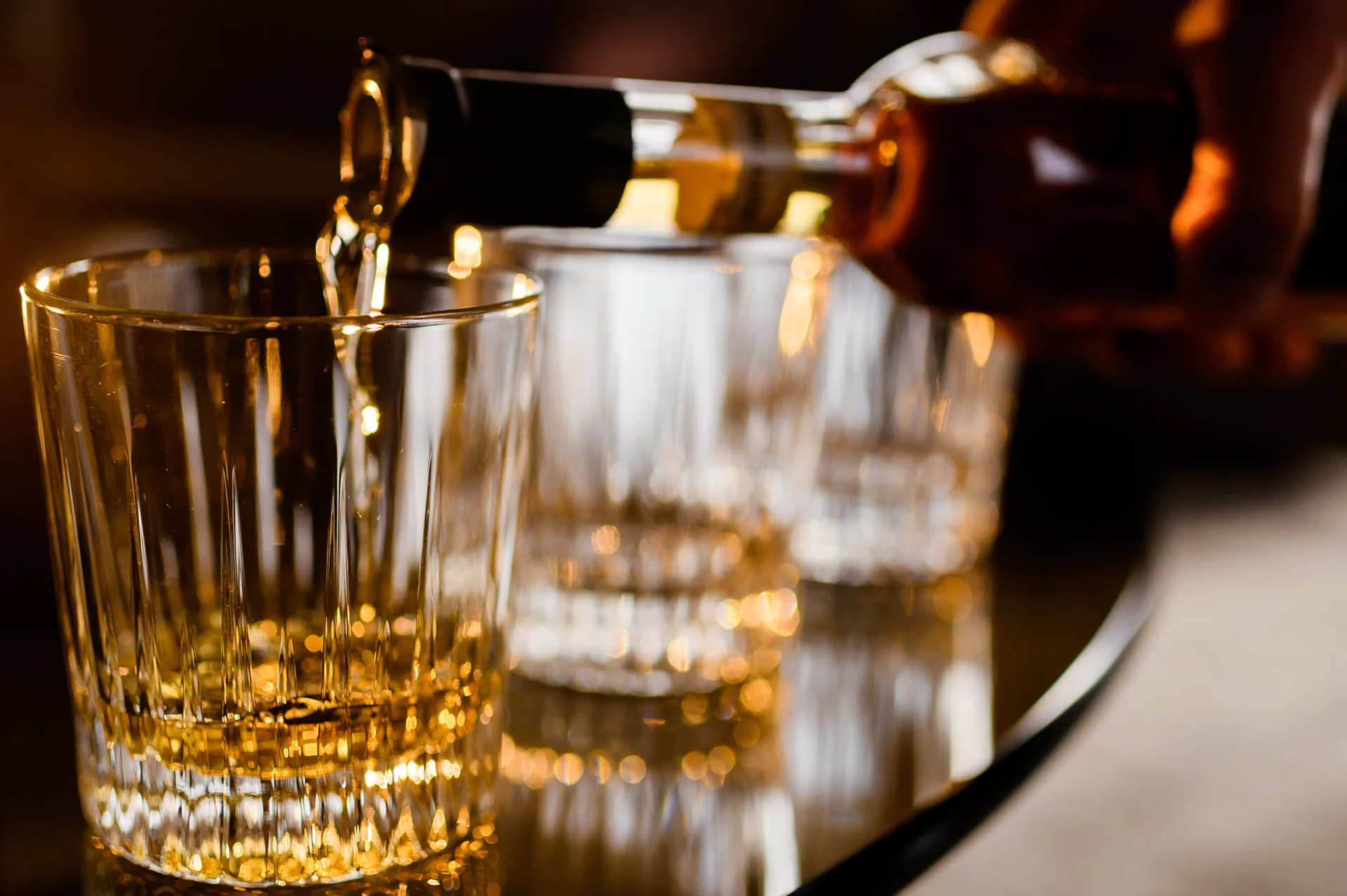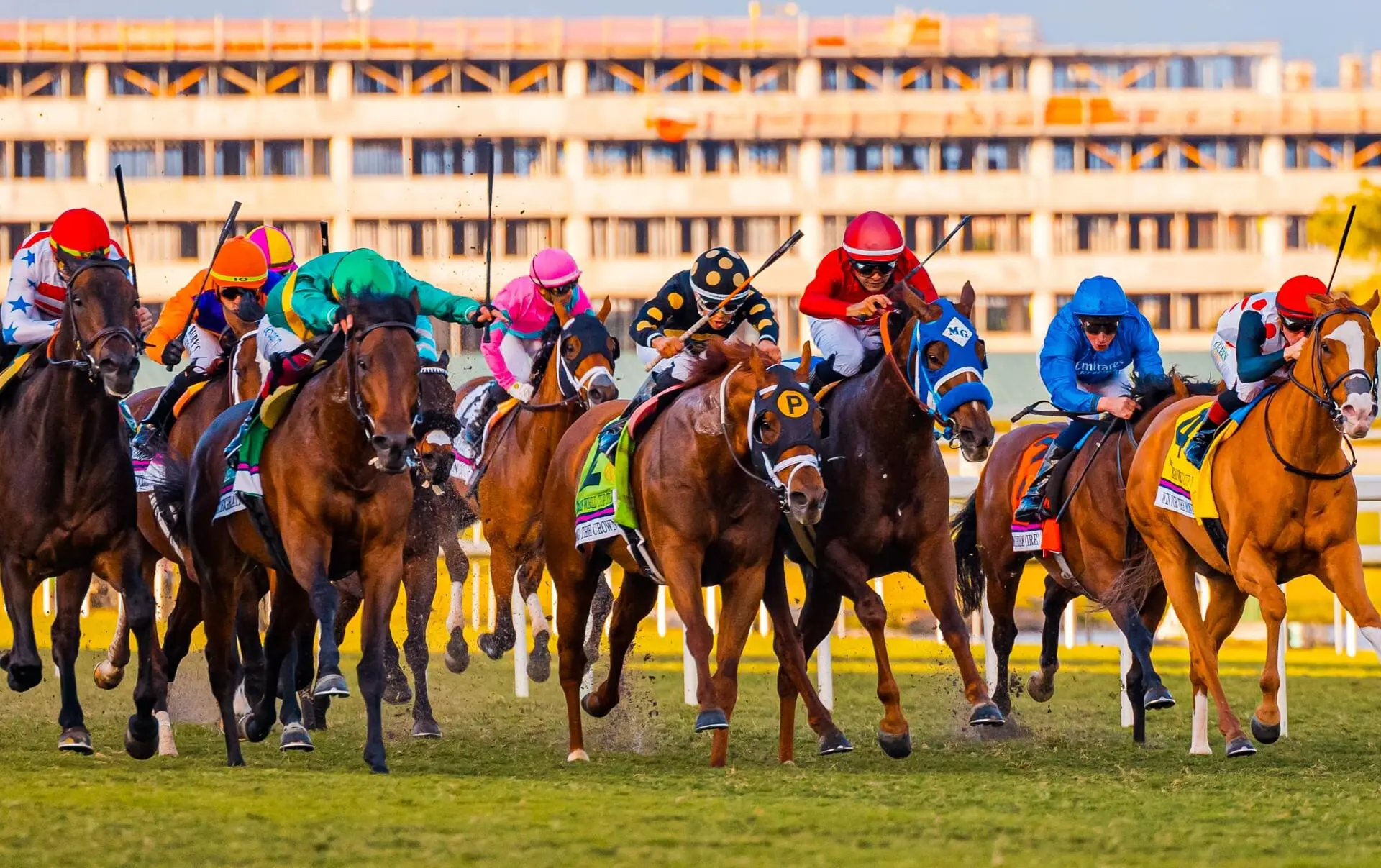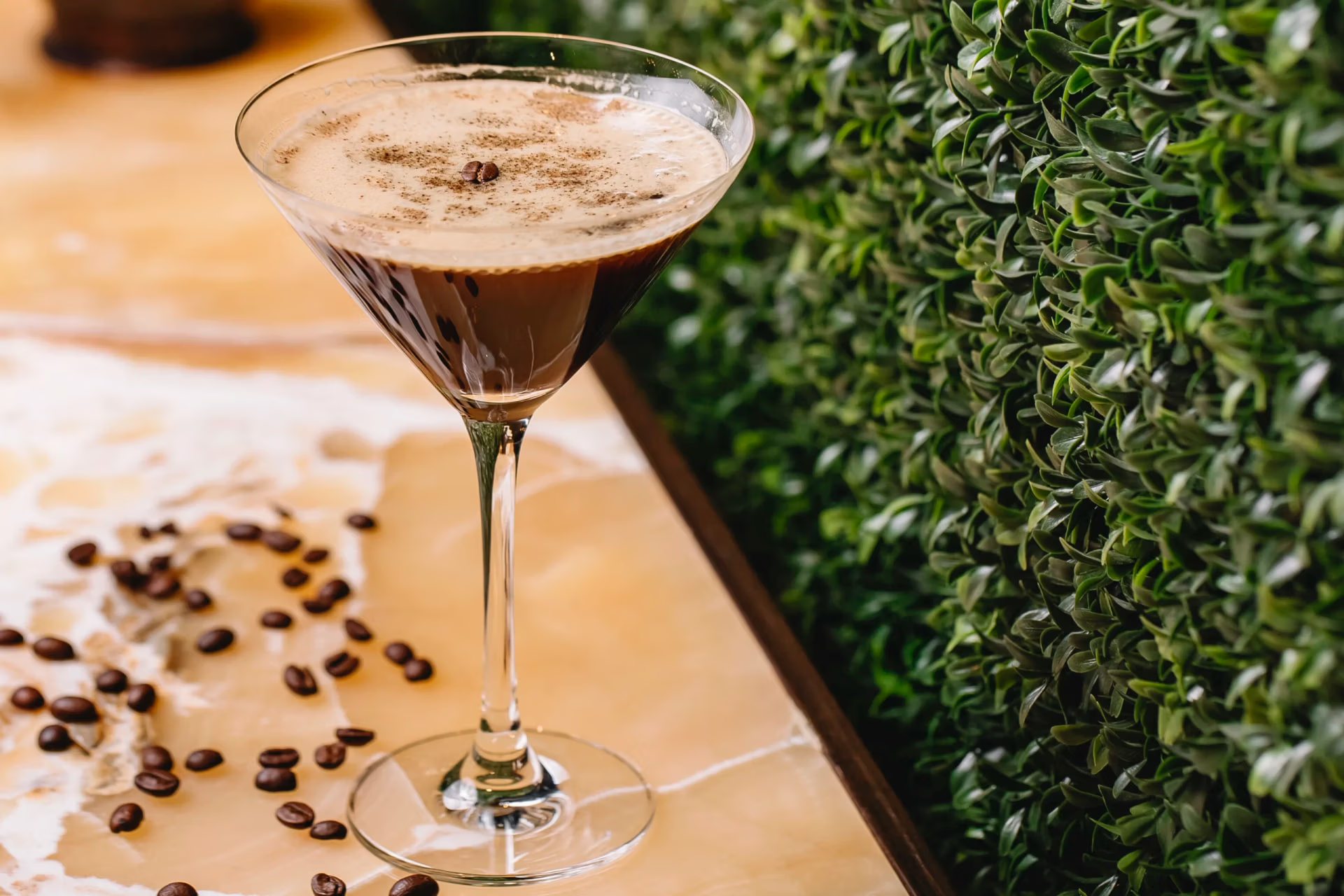When it comes to crafting cocktails, few questions spark more debate than the classic: shake or stir? It’s a decision that separates amateurs from seasoned bartenders and can make or break a drink’s balance, texture, and presentation. But don’t worry—we’re here to break it all down so you’ll know exactly when to shake, when to stir, and why it matters.
The Golden Rule: Clarity vs Complexity
The simplest way to remember the difference is this:
Stir when the drink is all alcohol
Shake when it includes juice, dairy, or other mixers
This rule isn’t just tradition—it’s science. Let’s dive into why.
Stirred Cocktails: Smooth, Silky, and Spirit-Forward
Stirring is the technique of gently mixing ingredients with a bar spoon and ice to chill and dilute the cocktail without agitating it too much. It maintains clarity and delivers a smooth, velvety texture.
When to Stir:
All-spirit cocktails: Think Martinis, Manhattans, Negronis, Old Fashioneds. These drinks are made with liquors that blend easily.
You want elegance: Stirring preserves the silky mouthfeel and lets the flavor of the spirits shine.
Clarity matters: Stirred drinks are typically strained into a glass without ice, and should appear crystal-clear.
Stirring Tips:
Use a mixing glass and a long bar spoon.
Stir for about 20–30 seconds to properly chill and dilute.
Strain using a julep or Hawthorne strainer for a clean pour.
Shaken Cocktails: Bright, Bubbly, and Balanced
Shaking is a vigorous process that combines ingredients by force, adding tiny air bubbles for texture and thoroughly mixing everything—especially important when working with juices, syrups, or egg whites.
When to Shake:
Citrus-based drinks: Margaritas, Daiquiris, Whiskey Sours, Mojitos (after muddling).
Dairy or egg-based cocktails: Think Ramos Gin Fizz or a classic White Russian (if adding cream).
You want froth and foam: Shaking creates a light, airy texture that brings certain cocktails to life.
Shaking Tips:
Use a shaker tin (Boston shaker or cobbler shaker).
Add ice after ingredients, then shake hard for 10–15 seconds.
Double strain (through a fine mesh strainer) to remove shards of ice or pulp.
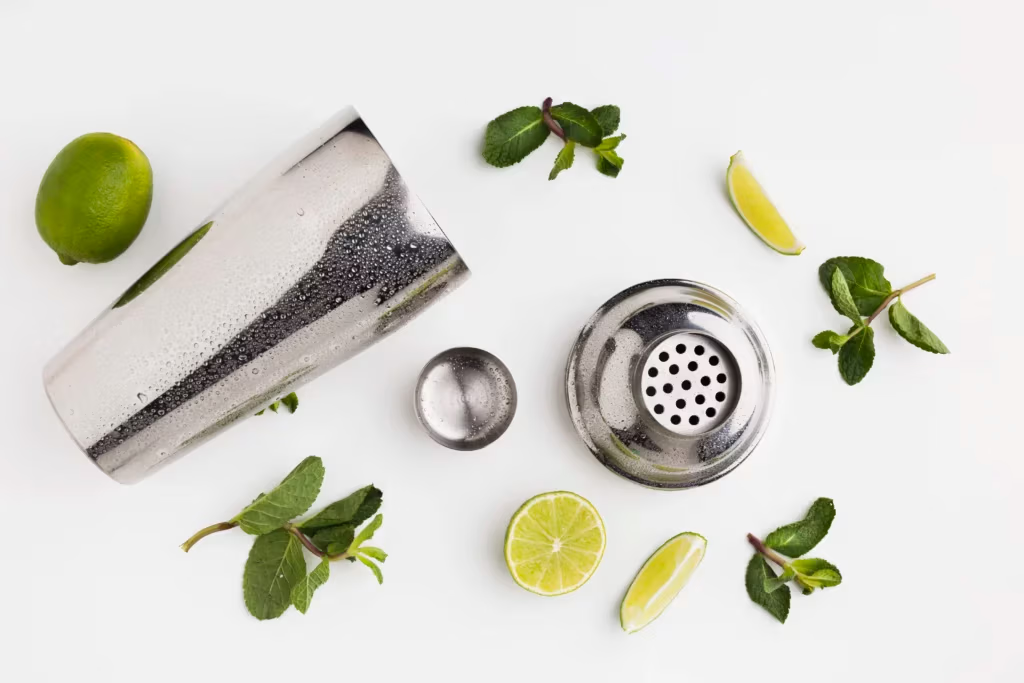
What Happens If You Do It Wrong?
Let’s say you shake a Martini. You’ll end up with a cloudy drink, tiny air bubbles, and more dilution than you want. It won’t ruin the drink, but it won’t taste as crisp and refined.
On the flip side, if you stir a Daiquiri, the citrus won’t properly blend, and the drink will feel flat and unbalanced.
The wrong method doesn’t just change the appearance—it affects taste, mouthfeel, and temperature.
The James Bond Exception
“Shaken, not stirred.” Sound familiar? James Bond made this phrase iconic, but most bartenders will tell you—he probably should’ve had his Martini stirred. Still, rules are meant to be broken, and preferences always play a role.
Final Thoughts: Choose Wisely, Drink Happily
In the end, shaking and stirring aren’t just techniques—they’re tools that help you get the most out of every ingredient in your glass. Whether you’re crafting a cocktail at home or ordering one at your favorite bar, knowing when to shake or stir adds an extra layer of appreciation for the art of the drink.
So next time you step up to the bar or pull out your shaker, remember: it’s not just about mixing—it’s about mastering the method behind the magic.

